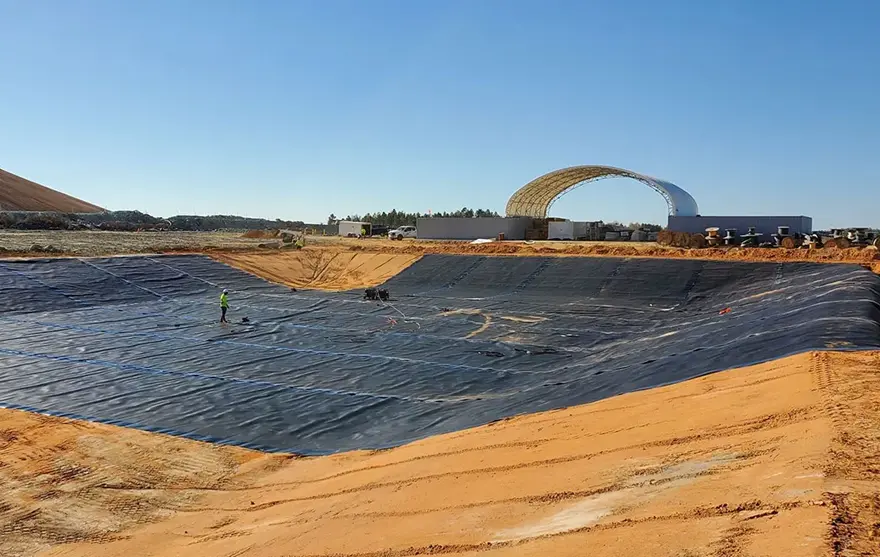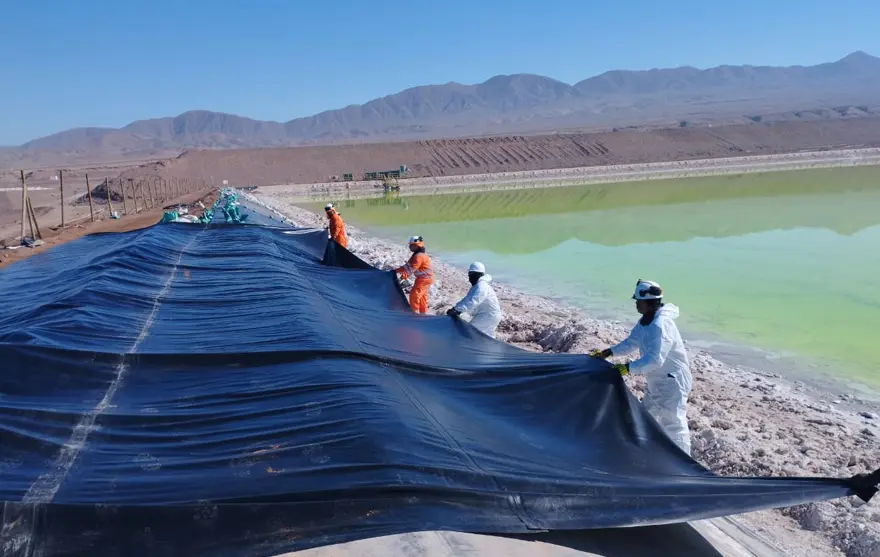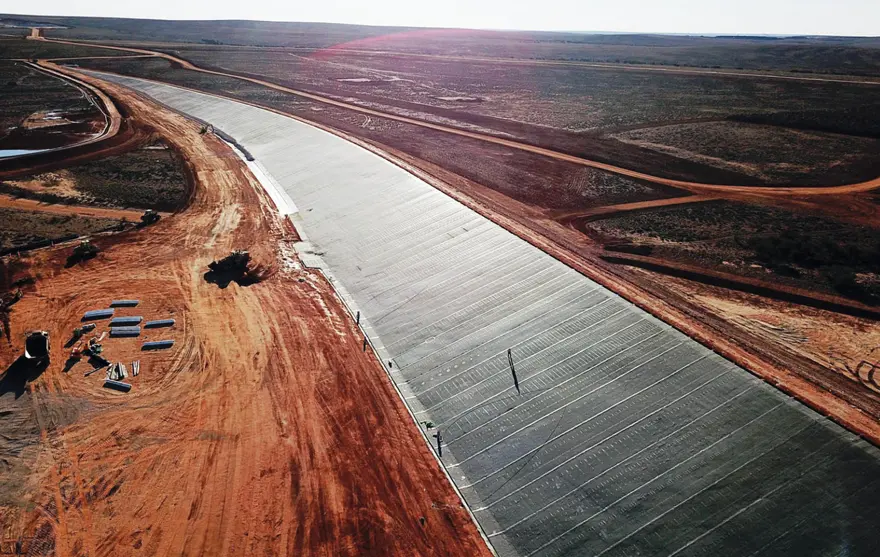
As a contractor, you’re always looking for ways to optimize your construction projects, ensuring you deliver high-quality results while staying within budget. Base course construction is critical to any transportation infrastructure project, and finding cost-effective solutions is essential for your success. In this guide, we will explore the challenges of base course construction and introduce you to a revolutionary product that can help you reduce costs and improve efficiency: Geogrid.
Base course construction is critical in developing transportation infrastructure projects like roads, highways, laydown yards, and airports. It refers to the initial construction layer placed on the subgrade, the naturally occurring soil layer that serves as the foundation for the pavement structure, infrastructure, or vehicular loads. It’s essentially the “middle” layer of a cross-section in paved applications. In unpaved applications, the base course makes up the main body of the cross-section, playing a critical role in the cost, quality, and life expectancy of your project.
1. Supporting the Pavement Structure:
The base course evenly distributes loads from traffic and other sources, preventing excessive stress on the subgrade and ensuring the structural integrity of the pavement system, infrastructure, or traffic loads.
As a contractor, you’re always looking for ways to optimize your construction projects, ensuring you deliver high-quality results while staying within budget. Base course construction is critical to any transportation infrastructure project, and finding cost-effective solutions is essential for your success. In this guide, we will explore the challenges of base course construction and introduce you to a revolutionary product that can help you reduce costs and improve efficiency: Geogrid.
Base course construction is critical in developing transportation infrastructure projects like roads, highways, laydown yards, and airports. It refers to the initial construction layer placed on the subgrade, the naturally occurring soil layer that serves as the foundation for the pavement structure, infrastructure, or vehicular loads. It’s essentially the “middle” layer of a cross-section in paved applications. In unpaved applications, the base course makes up the main body of the cross-section, playing a critical role in the cost, quality, and life expectancy of your project.
1. Supporting the Pavement Structure:
The base course evenly distributes loads from traffic and other sources, preventing excessive stress on the subgrade and ensuring the structural integrity of the pavement system, infrastructure, or traffic loads.



